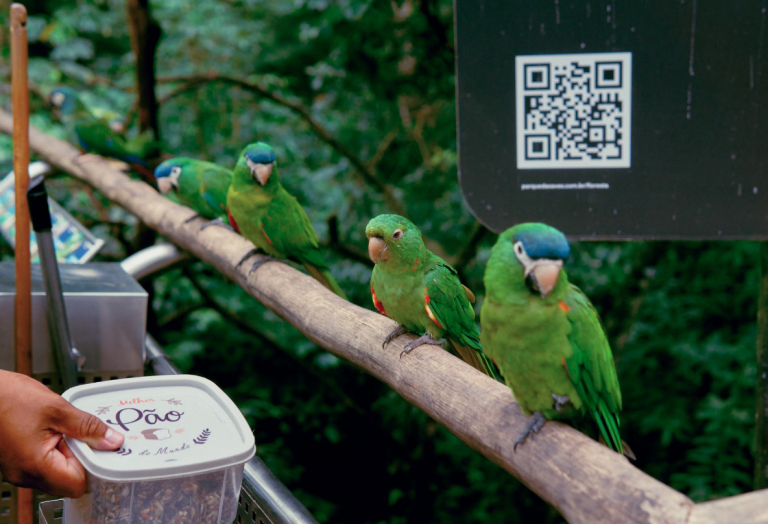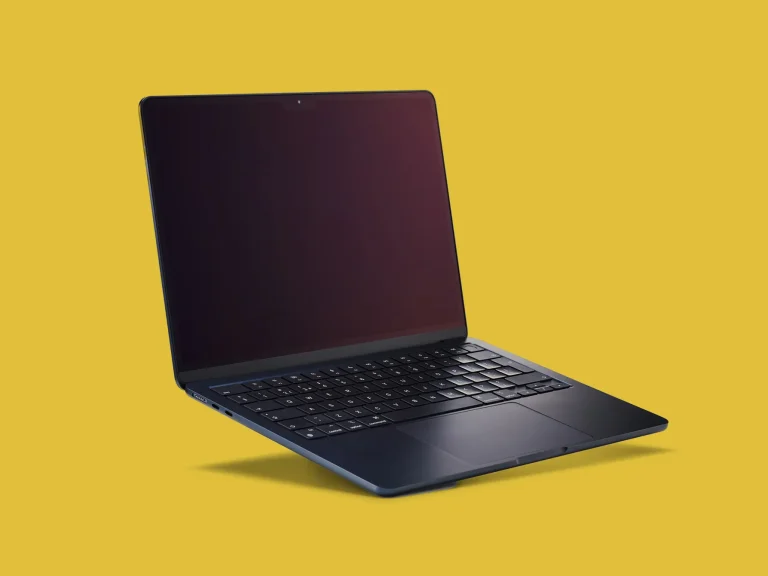Apple has been nudging toward India for years. Bits of production, certain models, small-scale assembly runs—it was a slow migration. Now, the company is taking the leap. Reports confirm that the entire iPhone 17 lineup will be manufactured in India, marking a first for the brand and a milestone for India’s growing role in global electronics.
For Apple, it’s a story of diversification. For India, it’s a victory lap. But for consumers? The announcement has stirred up more unease than applause.
A Big Shift in Apple’s Playbook
Until recently, “Made in China” was as synonymous with Apple hardware as the bitten-apple logo itself. Foxconn’s factories in Shenzhen became legendary for their scale and efficiency, churning out hundreds of millions of iPhones each year. But geopolitical tensions, supply chain snarls, and the pandemic taught Apple a hard lesson: putting all its eggs in one basket was a risky bet.
India, with its sheer labor force, improving infrastructure, and a government eager to court tech giants, has emerged as the natural alternative. The timing is no accident. Apple’s Indian push coincides with rising consumer spending in the country and the government’s production-linked incentives, designed to lure manufacturers away from China.
So far, so good—for Apple’s strategy.
Why Buyers Are Anxious
But the everyday customer, the one already eyeing the iPhone 17 launch later this year, isn’t cheering quite as loudly. The reason is less about geopolitics and more about perception.
When people hear “new manufacturing hub,” they don’t think about production-linked incentives or global diversification. They think: will my phone feel the same?”
There’s a subtle but real anxiety at play:
- Quality consistency: For years, Apple has cultivated a reputation for near-flawless quality control. A sudden shift in assembly lines sparks the nagging worry—can India match the track record?
- Pre-purchase scams: With demand high and confusion swirling, the fear of counterfeit “pre-orders” or gray-market devices sneaking in grows sharper. Social media chatter has only amplified this, with warnings about fake links and too-good-to-be-true deals.
- Change resistance: Let’s face it—people don’t like disruption in their expensive habits. If you’ve been buying iPhones stamped with “Assembled in China” for a decade, a new label can feel disorienting, even if the actual difference is negligible.
The Perception Problem
It’s worth noting that Apple already makes a fraction of its iPhones in India, including parts of the iPhone 14 and iPhone 15 lines. Few users noticed. Performance was the same, durability unchanged. But perception is stubborn.
“India” in the context of consumer electronics still conjures a mix of curiosity and doubt in global markets. That’s unfair, perhaps, but perception often lags reality. For buyers about to drop $1,000 or more on a device, reassurance doesn’t come from press releases—it comes from trust earned over time.
What Apple Must Manage
Apple knows this isn’t just a supply chain shift. It’s a brand moment. Convincing buyers that an India-made iPhone 17 is indistinguishable from one made in Shenzhen will require careful storytelling and, more importantly, consistency in execution. One slip—a wave of defective units, a viral story about uneven standards—and the skepticism will harden into backlash.
For now, the nervousness is less about facts and more about feelings. But in consumer tech, feelings drive sales as much as specs. Apple’s challenge isn’t simply to produce millions of iPhones in India—it’s to make sure those millions feel as reliably “Apple” as the ones that came before.
The Bottom Line
The iPhone 17’s move to India marks a turning point. It’s a big win for India’s manufacturing ambitions and a smart hedge for Apple’s global supply chain. Yet the jitters among buyers reveal something deeper: people don’t just buy iPhones, they buy a myth of perfection.
Shifting that myth to a new geography is going to take more than a new factory. It’s going to take time, flawless execution, and a lot of patience—on both sides of the transaction.








